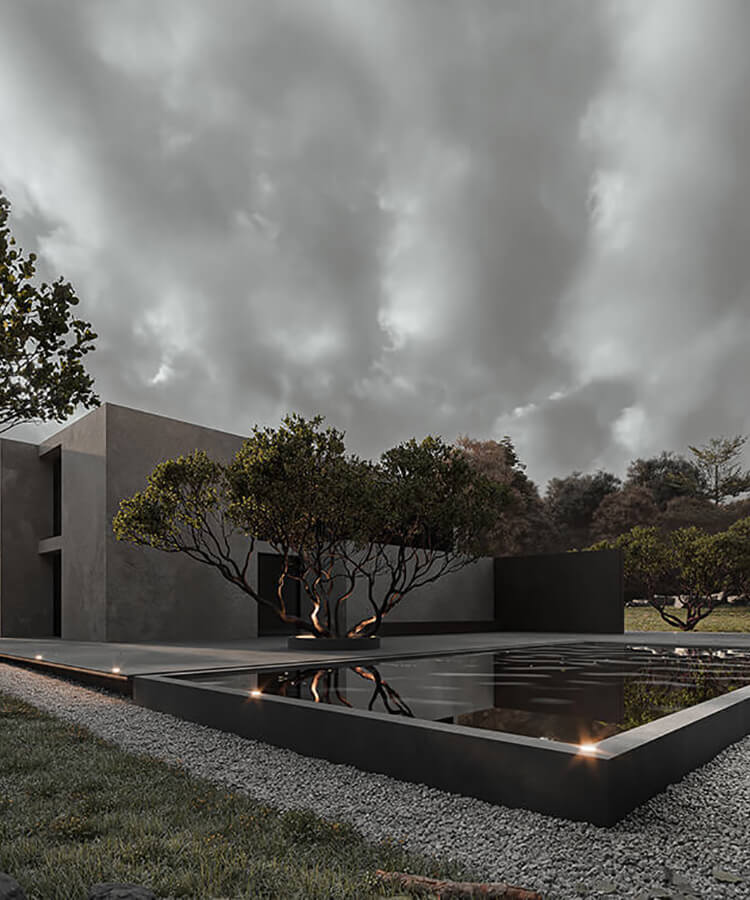Planning
Architectural planning is the process of developing a comprehensive plan for the design and construction of buildings and other physical structures. It involves the study of site analysis, building codes, zoning regulations, and other factors that influence the development of architectural projects. Architectural planners work with architects, engineers, and other professionals to develop plans that meet the needs of their clients while also being sustainable and environmentally responsible.
The history of architectural planning dates back to the ancient civilizations of Mesopotamia and Egypt, where city planning and architecture were closely linked. Today, architectural planning has become an essential part of the architectural design process, providing a framework for the development of buildings and other physical structures. It involves the use of computer-aided design (CAD) software and other technologies to create detailed plans and models that guide the construction process.
In addition to its technical and logistical qualities, architectural planning also has a significant impact on the economic and social development of communities. A well-planned architectural project can create jobs, stimulate economic growth, and enhance the quality of life for the people who live and work in the surrounding area. With the increasing focus on sustainability and eco-friendliness, architectural planning also plays an important role in creating environmentally responsible and energy-efficient buildings and communities.
Overall, architectural planning is a critical component of the architectural design process, providing a roadmap for the development of buildings and other physical structures. As our world becomes more complex and interconnected, the role of architectural planning in creating sustainable and resilient communities will only become more important.
